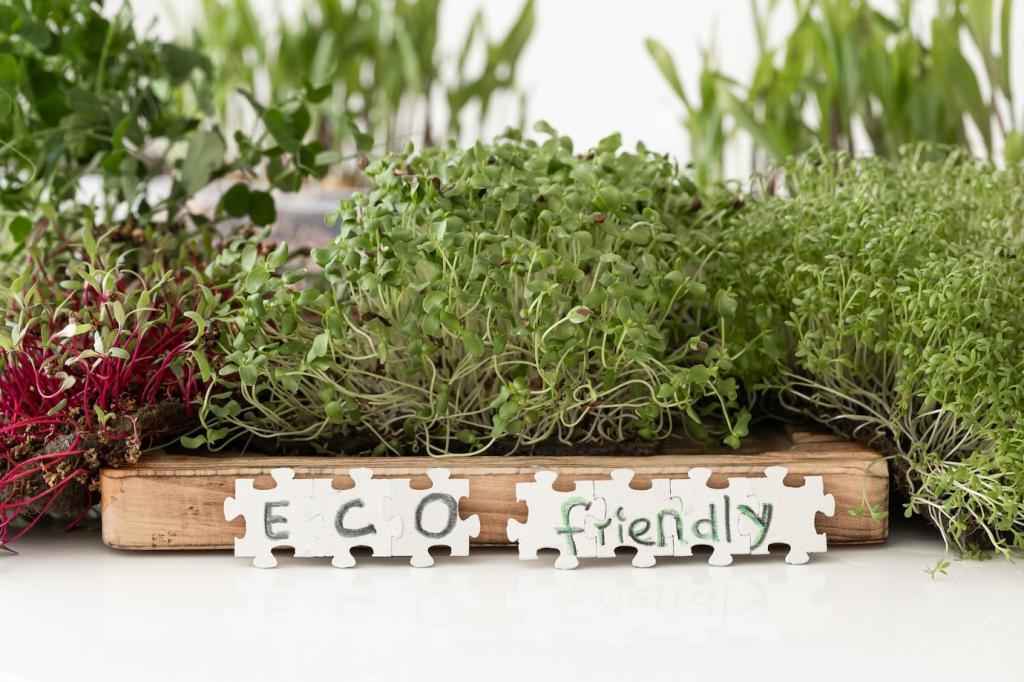Water, Soil, and Safe Havens
Offer shallow basins with stones for perches, refresh water often, and place baths near cover but with clear sightlines. Add a rain dish for bees. Post your setup and tag us for feedback.
Water, Soil, and Safe Havens
Compost, leaf mold, and minimal disturbance build fungal networks that feed roots and stabilize moisture. Healthy soil powers blooms and insects. Subscribe for our soil health mini-course and monthly microbe stories.







